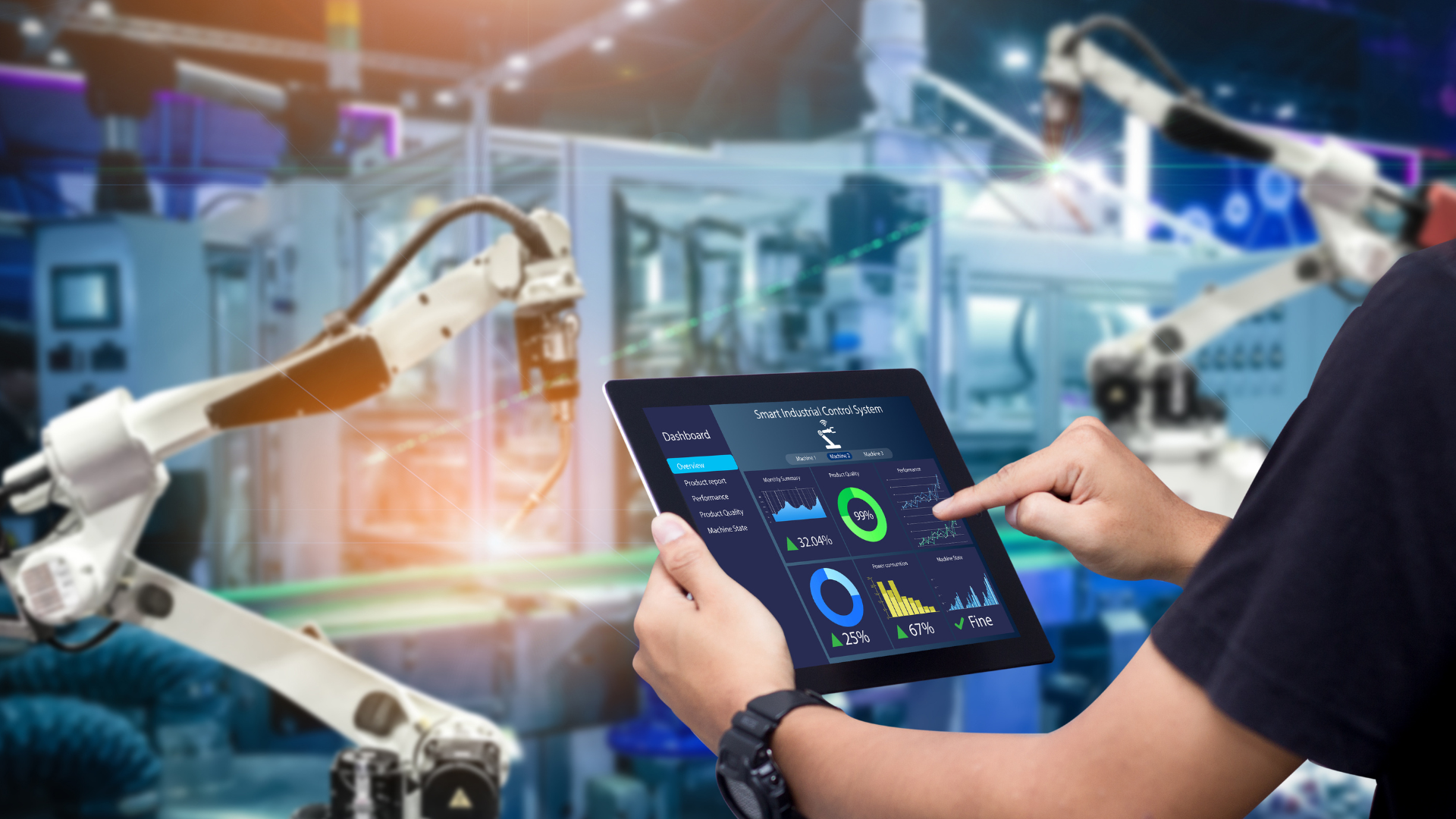
New Zealand is a country committed to growth. In 2024, the drivers of progress revolve around advancements in technology, a strong commitment to sustainability, improved productivity, and innovations in agriculture. Technology and sustainability are shaping the future across sectors, while productivity enhancements and AgriTech developments are ensuring the country remains competitive globally. Together, these areas are fuelling New Zealand’s progress to position the country in the running to be a potential leader in sustainable, tech-driven growth.
Let’s uncover how these 4 key areas are pushing the country to adapt to new technological ecosystems and rise in the rankings of progress despite economic hardships and some resistance to change, while upholding the country’s commitment to sustainability.
Technology
New Zealand has been recognized as an excellent testing ground for new technologies, largely due to its relatively small, yet diverse population, which offers a unique and varied demographic for trailing innovations. Consequently, the country's technology ecosystem has been expanding. Although still emerging, there has also been some increased investment in startups and venture capital, particularly in areas like fintech, agritech, and sustainability-focused technologies.
Key Technologies Boosting Growth:
- AI and Machine Learning - These technologies are increasingly being used in healthcare, logistics, and customer service to optimize operations and improve decision-making
- Aerospace – The development of the Aerospace Strategy 2023-2030 proves that this sector is a key area of growth, increasing jobs and improving productivity for the country – but a conflict of interest has emerged when it comes to promoting sustainability and driving economic growth
- Digital Fabrication – Creating digital skills jobs across the board and revolutionising industries. Digital fabrication is impacting construction (although still characteristically resistant to new technologies as a main challenge), manufacturing and creative industries, enabling businesses to operate more sustainably, efficiently and innovate more rapidly
- Robotics - Particularly in agriculture, manufacturing, and healthcare. The adoption of robotics is helping to address labour shortages, increase productivity, and improve efficiency, making it a critical component of the country's innovation landscape
- Advanced Manufacturing – The Manufacturing sector itself contributes 23 billion to the NZ economy, and the Advanced Manufacturing Industry Transformation Plan (AMITP)is key to uphold the industry as a cornerstone and more so to transform the economy and improve shortfalls such as labour productivity
- Data Science – A critical driver of growth in New Zealand, transforming sectors like agriculture, finance, healthcare, and government services by enabling data-driven decision-making and innovation
- Blockchain – Enhancing transparency, security, and efficiency across multiple industries
- Autonomous Vehicles – playing a key role in the innovation and smart mobility landscape, improving road safety and traffic congestion. To push these developments further, the government has launched the Autonomous Vehicle Work Programme
- Biotechnology - Advances in genetics, bioengineering, and pharmaceuticals are positioning New Zealand as a player in global biotech innovation.
The Next Twelve Months:
Agriculture
The agricultural sector is on the cusp of a tech revolution as investments are being poured into AgriTech, focusing on smart farming technologies such as:
- Robotics which are transforming farm operations by automating key tasks, precision agriculture
- AI and IoT (Internet of Things) to optimize crop yields and reduce environmental impact, leading in the development of sustainable farming practices
- Innovations from organisations like The Pastoral Greenhouse Gas Research Consortium (PGgRc) have been introduced to reduce greenhouse gas emissions from livestock, regenerative agriculture, and improved water management systems
- Drones provide real-time data on crop health, soil conditions and environmental factors
- AI and data analytics are being used to analyse satellite imagery, weather forecasts and data from IoT sensors to predict crop yields and detect pests
Productivity
There is a focus on improving productivity across industries. The death of low interest rates (After more than a decade below 3.5%, the Official Cash Rate (OCR) in New Zealand has risen to 5.5%) the country’s businesses have to adapt their business models and find ways to do more with less.
- Investing in efficiency, process optimisation and technology adoption is crucial
- Businesses are focusing on upskilling their workforce, improving supply chain efficiency, and adopting lean management practices to reduce waste and enhance productivity
- Investing in automation and digital tools to optimize workflows and reduce manual labour
Sustainability
This is a key area of focus for the country, with ambitions to climb the ranks from its current position at 22 in the global Cleantech Innovation Index.
- Eco pond systems which reduce methane emissions from discharged sewage, bio-stimulants to lower methane production in livestock help New Zealand to move toward net-zero emissions goals
- Green hydrogen development as a future fuel source to reduce emissions in industries that are hard to decarbonize
- Waste-to-value innovations are increasing where start-ups are working out ways to convert agricultural waste into biofuels and other useful materials which further helps to contribute to a circular economy
- NZTech has been working on a Climate Technology Roadmap
- A ClimateTech community is forming to synergise efforts and prioritise climate-related initiatives
- Investment into sustainability skills and positions is a major focus as New Zealand needs to meet their competitive requirements for sustainability
- Energy - Most of New Zealand’s energy is supplied by fossil fuels (70% of total consumer energy requirements) 40% of New Zealand’s total greenhouse gas emissions come from energy used for activities such as driving cars and trucks, travelling by plane, burning gas and coal for manufacturing, or creating electricity
- Electricity generated from renewable energy sources increase to 87% in 2023, which is promising for reducing our reliance on fossil fuels in the future. Prioritising renewable energy use will ultimately lead to a more sustainable electricity system
As we can see, New Zealand's progress is being maintained by the above key drivers which, despite some reluctance to fully embrace change and new innovations in certain sectors, are reshaping the economy and positioning the country for future success. With a focus on sustainable growth and tech-enabled solutions, the nation is overcoming such challenges with a renewed focus on innovative leadership and creating a culture open to change, to remain competitive on the global stage.



































